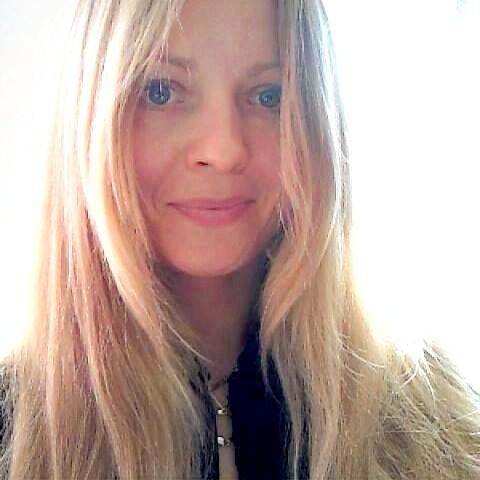-
17, 2023 Cognitive Behavioral Therapy: Techniques for Retraining Your Brain...
-
pricing or some other marketing techniques I know well. I studied marketing and other...
-
exploring proportions, foreshortening, techniques, and best practices. The classes...
-
with fine art media combinations and techniques and express our unique minds,...
-
graph data models, and mind-mapping techniques; systems analysis, algorithms, logical...
-
Carmichael 2007 - A Changing Portrait of DNA
They were mimicked in the interference technique RNAi. Another example is methyl...
-
written about 1860 - it is part of the technique of Impressionism but used for quite a...
-
the aesthetics of oils into aquarelle techniques, and achieved the look different from...
-
of propaganda and to summarize techniques of propaganda and the ways to resist it....
Author
 Lena Nechet, artist - Fine art, media productions, language.
Lena Nechet, artist - Fine art, media productions, language. San Diego, California , USA, LenaNechet.com
Art@LenaNechet.com 323-686-1771
I accept payment via PayPal and Zelle under my business email Art@LenaNechet.com
Ask: Send me a quick question from your default email app with this page info.